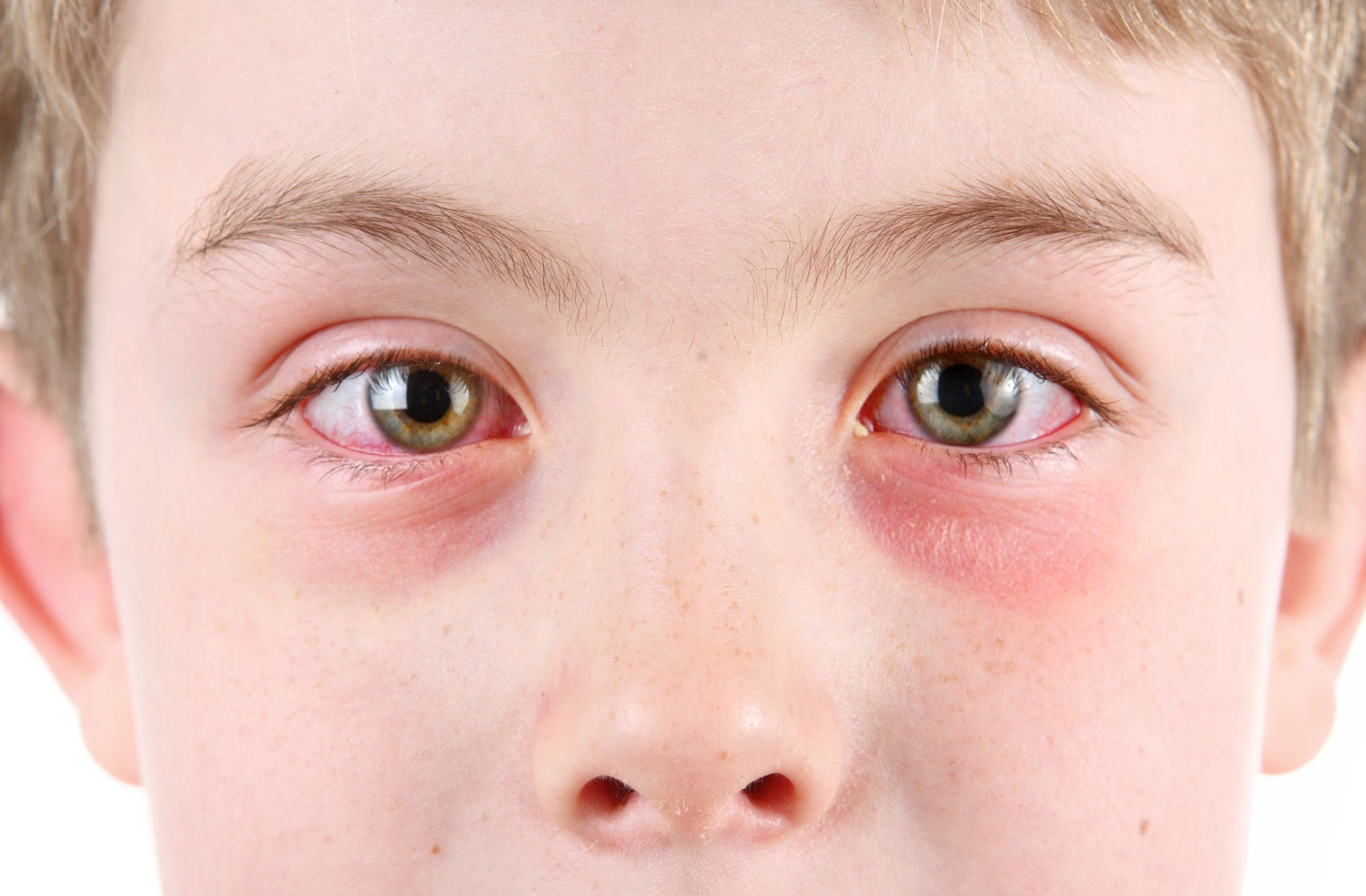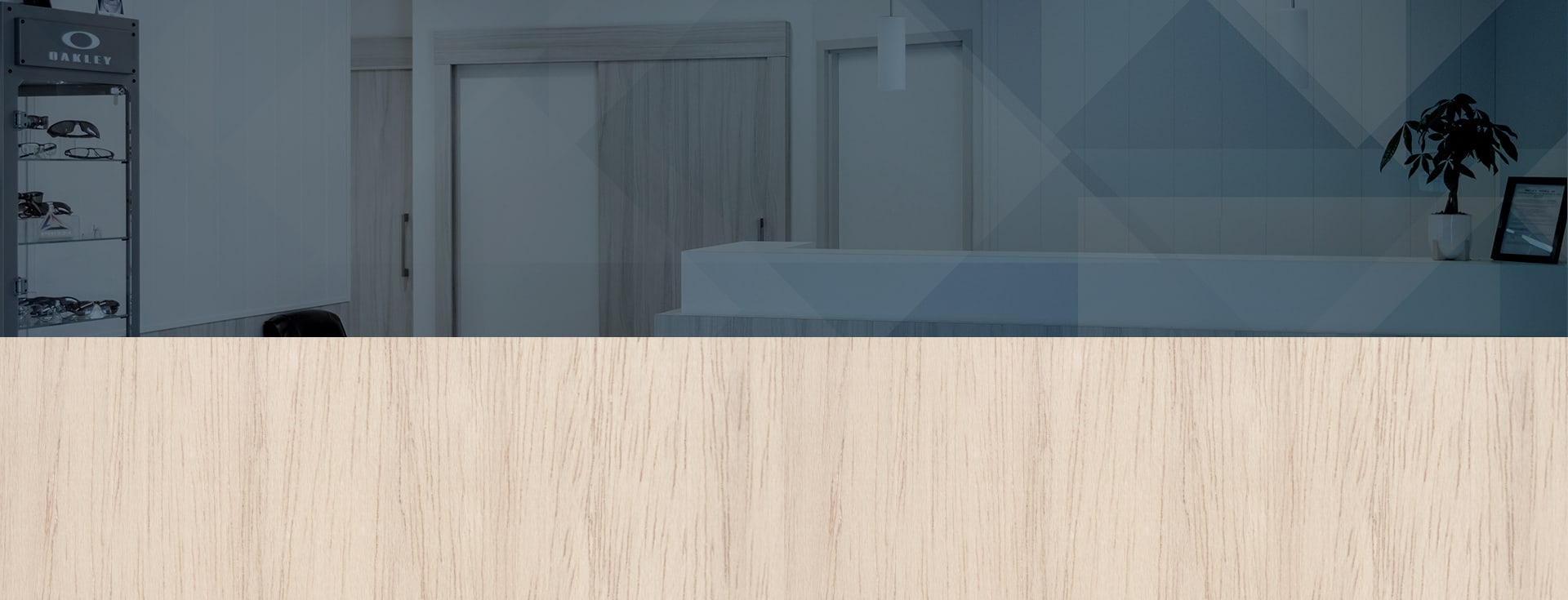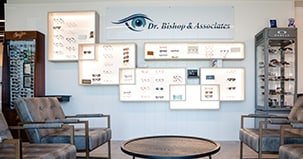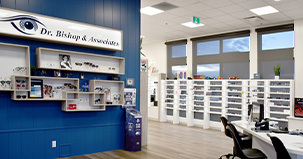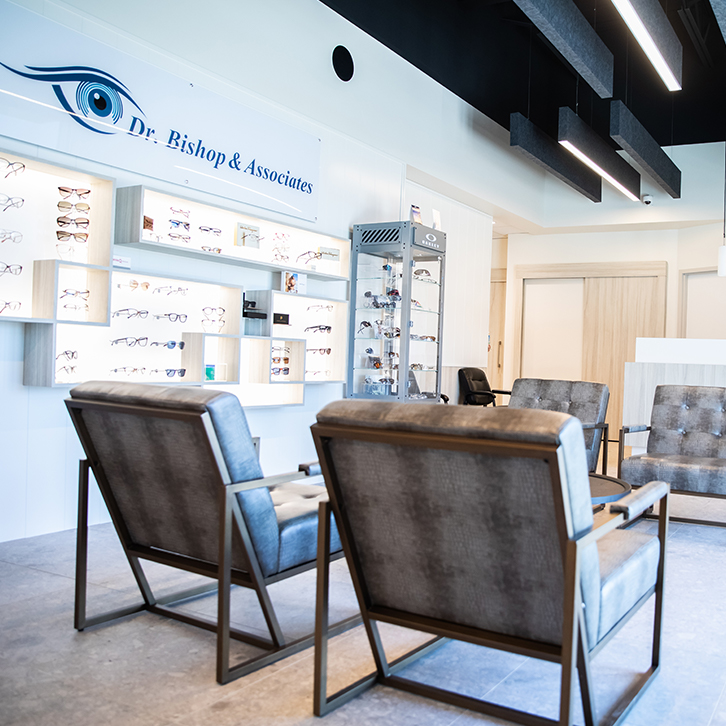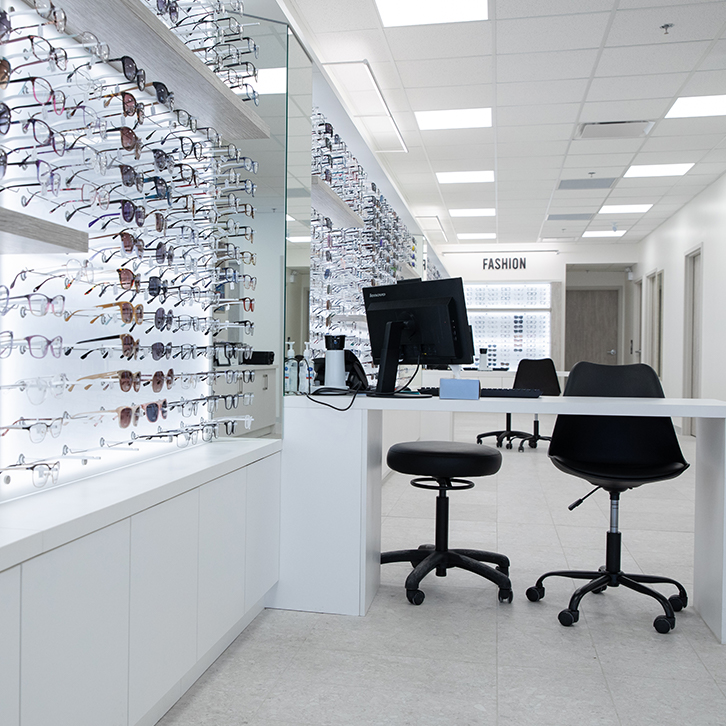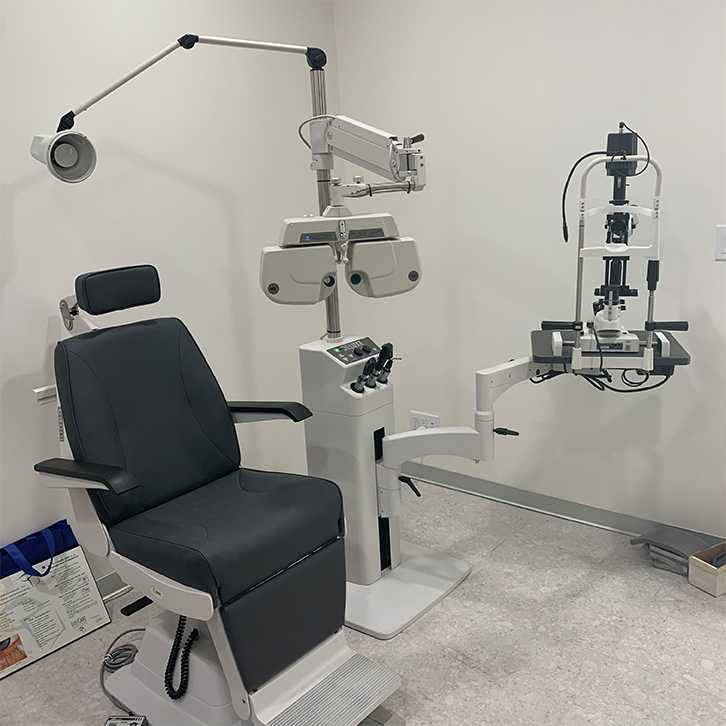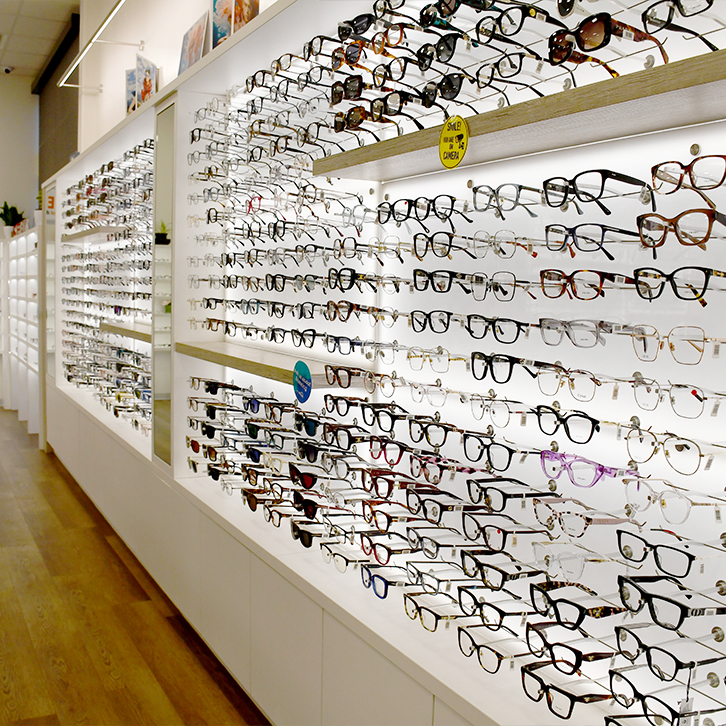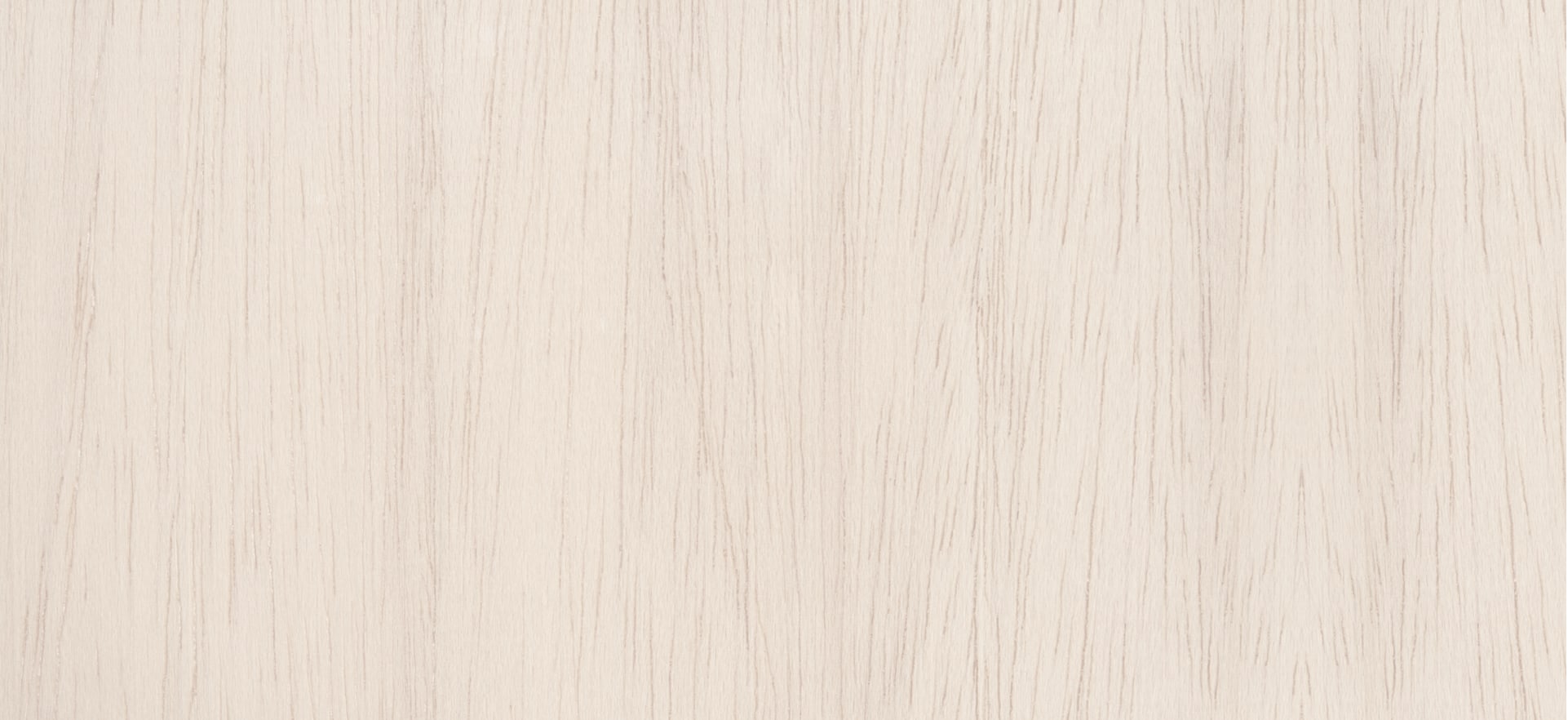If eye redness affects your vision or overall eye health, it’s important to see an eye doctor to identify the underlying condition and its cause. Many people associate symptoms like redness, inflammation, and discomfort with pink eye.
However, another condition known as a stye can initially present with similar signs. So, how can you tell them apart?
While both pink eye and styes cause redness, irritation, and discomfort, a key difference is that styes are marked by a red lump or bump on the eyelid, which is not a symptom of pink eye.
An eye exam can help distinguish pink eye and styes and helps your eye doctor determine the appropriate treatment and care.
Understanding Pink Eye & Styes
Although pink eye and styes share similar symptoms, they are two distinct eye conditions with key differences. Pink eye, also called conjunctivitis, is an inflammation of the conjunctiva—the clear membrane that lines the eyelid and covers the white part of the eye. It often causes redness, irritation, and discharge.
On the other hand, styes are red, painful lumps that resemble a pimple or boil on the eyelid. They typically form along the edge of the eyelid but can also develop on the inner eyelid. Unlike pink eye, styes are caused by blocked oil glands and are usually accompanied by swelling and tenderness in the affected area.
Causes of Pink Eye & Styes
With pink eye, the small blood vessels in the conjunctiva become swollen, irritated, and red, making them more visible. There are several causes of pink eye, including:
- Viral infection
- Bacterial infection
- Allergies
- Irritants (contact lenses)
- Environmental toxins, such as smoke or dust
- Foreign bodies that can irritate the lining of your eyelid, such as dirt or an eyelash
A stye results from a bacterial infection of the oil glands in the eyelid, commonly staphylococcus. Certain activities can increase your risk of developing styes by introducing bacteria to your eye. These can include:
- Touching your eyes with unwashed hands
- Poor contact lens hygiene
- Extending the life of disposable contact lenses
- Sleeping with makeup
- Using old or expired cosmetics
- Frequent eye rubbing
- Blepharitis (chronic inflammation along the edge of the eyelid)
- Rosacea (a skin condition characterized by facial redness)
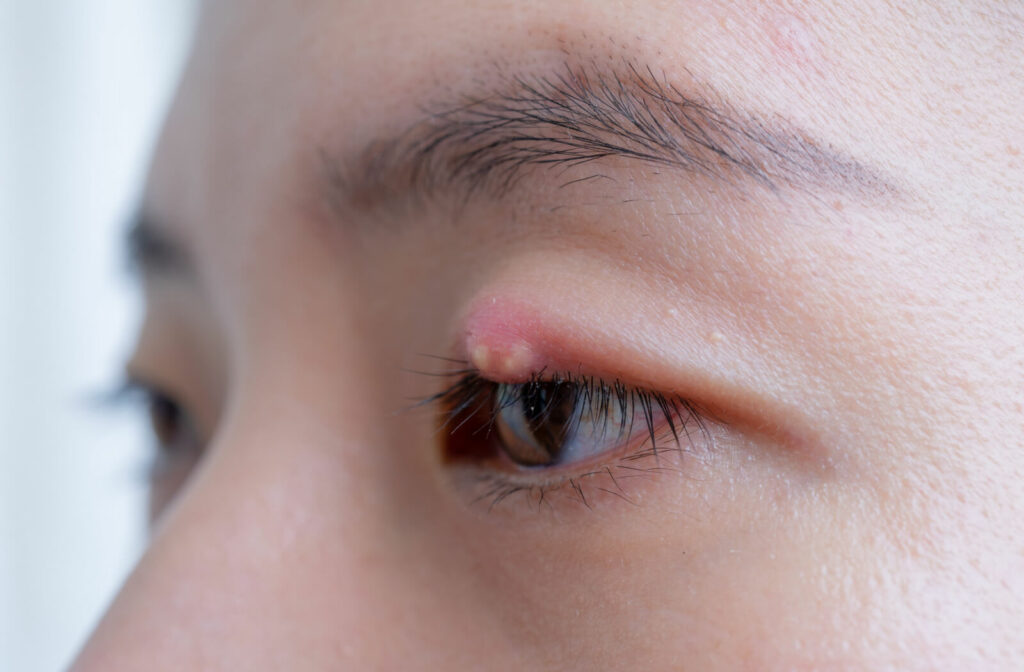
Symptoms of Pink Eye & Styes
Symptoms go a long way to help determine the type of eye infection you have. Common symptoms of pink eye can include:
- Eyelid inflammation
- Redness on your eyelid or inner eyelid
- Redness on the whites of the eye
- Blurry vision
- Itching
- Tearing or pus around your eye
- Gritty feeling
- Sensitivity to light
Symptoms of an eyelid stye can include:
- Raised, red lump on your eyelid
- Pain in or around your eye
- Eyelid swelling
- Sensitivity to light
- Tearing or eye pus
- Redness
- Gritty feeling
See your eye doctor if your symptoms don’t improve in 48 hours or if you experience the following:
- Impaired vision
- Green or yellow-coloured pus
- Change in colour apart from pink or red areas
Children younger than 5 years old should see a doctor if they experience any kind of eye infection.
Stye vs Pink Eye: Treatment & Care Options
When it comes to stye and pink eye treatment, the approach depends on the underlying cause of each condition. While both can cause discomfort and irritation, their treatments differ significantly.
Treatment for Pink Eye (Conjunctivitis)
The treatment for pink eye varies based on its cause. Viral pink eye and mild bacterial pink eye can clear up on their own, but persistent symptoms or vision problems may require medical attention. Since pink eye is highly contagious, it’s important to take preventive measures to avoid spreading it.
Effective Pink Eye Treatments Include:
- Cold compress to reduce redness and inflammation
- Artificial tears to soothe eye irritation
- Antibiotic eye drops for bacterial conjunctivitis
- Antihistamine eye drops for allergic conjunctivitis
- Good hygiene practices: Wash hands frequently and avoid touching your eyes
- Wash bedding and towels to prevent reinfection
- Avoid contact lenses and eye makeup until symptoms disappear
Pink eye symptoms can last anywhere from a few days to 2 weeks, depending on the cause. Early treatment can help alleviate discomfort and reduce the risk of spreading the infection.
Treatment for Styes
Styes often resolve on their own, but home remedies can speed up healing. A stye is a red, painful bump on the eyelid caused by a blocked oil gland. Unlike pink eye, styes are not contagious.
Effective Stye Treatments Include:
- Warm compress: Apply a warm, clean compress to the affected eyelid for 10-15 minutes, 3-4 times daily
- Avoid squeezing or popping the stye: This can worsen the infection or cause scarring
- Maintain eyelid hygiene: Gently clean the area with a mild cleanser
If a stye does not go away on its own, it may require professional treatment.
Medical Treatments for Styes Include:
- Antibiotic eye drops or ointments for persistent infections
- Drainage of the stye: Performed by an eye doctor to safely remove the blockage and prevent complications
Preventing Pink Eye & Styes
Hygiene is key in preventing eye infections such as pink eye and styes. Here are a few tips on hand, eye, and product hygiene to help avoid getting pink eye and styes:
- Wash your hands often and thoroughly
- Avoid rubbing or touching your eyes
- Remove makeup before sleeping
- Replace makeup products and tools often
- Don’t share items that come in direct contact with your eyes, such as makeup products, towels, or washcloths
- Wash your face with warm water at the end of each day
- Wash your bedding frequently
- Maintain good contact lens care, and don’t wear contacts past their expiration date
Your Solution for Clear & Healthy Vision
While pink eye and styes can cause discomfort, irritation, and redness, treatment can significantly reduce the time it takes for your symptoms to resolve. If you notice your vision is affected or symptoms worsen, and you’re unsure what eye condition it is, book an appointment with Dr. Bishop & Associates to receive the right treatment.

